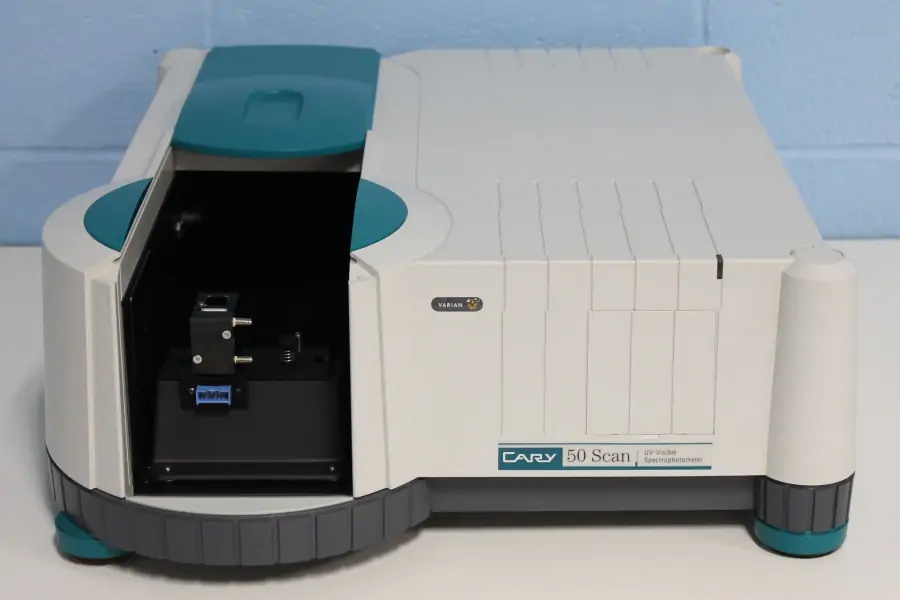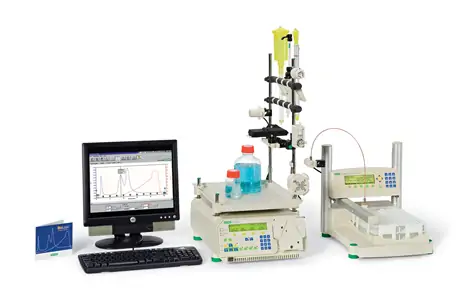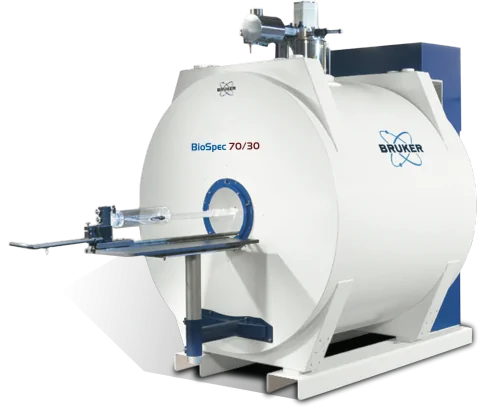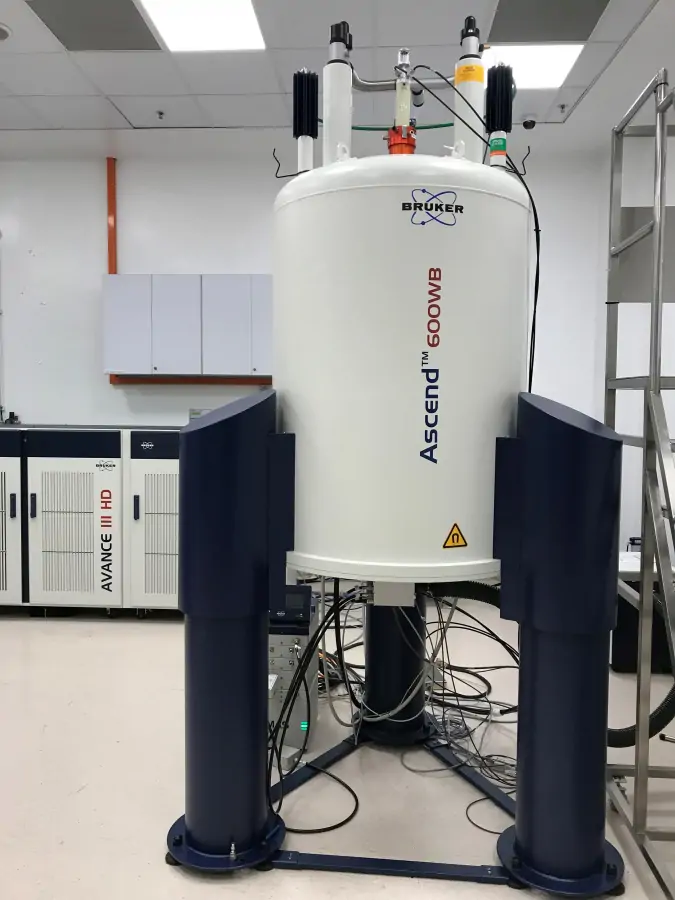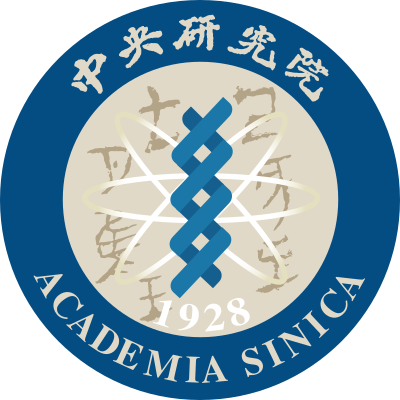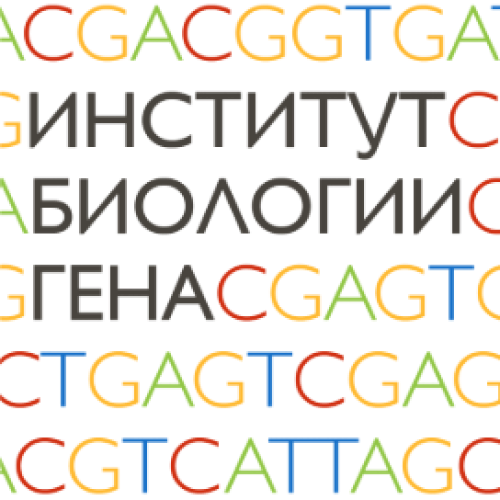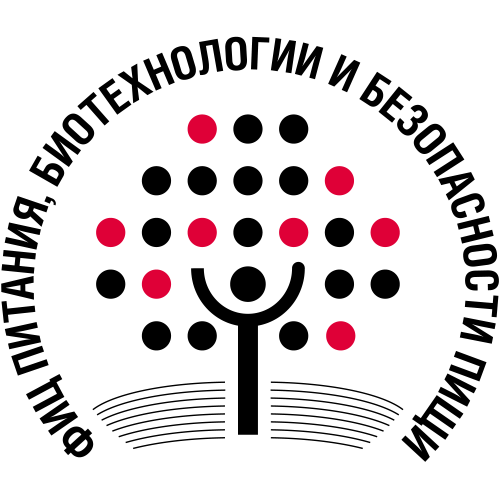Лаборатория Магнитной томографии и спектроскопии
Публикаций
822
Цитирований
21 335
Индекс Хирша
72
Необходимо авторизоваться.
· Установление строения физиологически активных соединений методами спектроскопии ЯМР;
· Определение структуры белков и нуклеиновых кислот в растворе методами многомерной гетероядерной спектроскопии ЯМР;
· Изучение динамики белков методами ЯМР;
· ЯМР-исследования белок-белковых и белок-лигандных взаимодействий;
· Поиск и дизайн биологически активных соединений методами ЯМР-скрининга;
· Изучение физиологического состояния организма человека и животных методами ЯМР-метаболомики;
· Магниторезонансная томография малых лабораторных животрных;
· Мультиядерная (1H, 2D, 13C, 31P, 19F, 23Na) спектроскопия ЯМР in vivo.
- Спектроскопия ЯМР жидкостей (1D, 2D, 3D);
- Спектроскопия ЯМР твёрдых тел с вращением образцов под магическим углом
- Спектроскопия ЯМР in vivo на лабораторных животных
- Магниторезонансная томография
- Молекулярная динамика и квантово-химические расчеты
- Рекомбинантная экспрессия белков
- Клонирование
- Органический синтез
- ЯМР-спектроскопия
- Гель-электрофорез
Алексей Хохлов
Заведующий лабораторией
Владимир Польшаков
Ведущий научный сотрудник

Михаил Гуляев
Старший научный сотрудник

Николай Анисимов
Старший научный сотрудник

Алексей Манцызов
Научный сотрудник

Ольга Павлова
Научный сотрудник

Олег Савельев
Инженер

Роман Романов
Аспирант
Направления исследований
Разработка и синтез спиновых меток для изучения метилтрансфераз
Дизайн методами ЯМР-скрининга ингибиторов неорганической пирофосфатазы и формиатдегидрогеназы – потенциальных антибактериальных средств
Исследование строения в растворе и динамических свойств неорганической пирофосфатазы из Mycobacterium tuberculosis и формиатдегидрогеназы Staphylococcus aureus
Определение витаминного статуса человека по данным ЯМР-метаболомики
Определение структуры новых физиологически активных соединений (антибиотиков, противогрибковых и противоопухолевых препаратов).
Изучение структуры и свойств белка Clamp — фактора регуляции дозовой компенсации дрозофил
Изучение цинк-зависимой олигомеризации β-амилоидного пептида, ассоциированной с развитием болезни Альцгеймера
Изучение структуры и свойств белков теломеразы термофильных дрожжей Hansenula polymorpha
Определение структуры и свойств метилтрансферазы WBSCR27, ассоциированной с синдромом Вильямса
Исследование строения в растворе и динамических свойств неорганической пирофосфатазы из Mycobacterium tuberculosis и формиатдегидрогеназы Staphylococcus aureus
Публикации и патенты
Найдено
Ничего не найдено, попробуйте изменить настройки фильтра.
Лесив А. В., Ивашкин П. Е., Гуляев М. В., Дорофеева Е. О., Косенков А. В., Киселевский М. В., Польшаков В. И.
RU2663286,
2018
Левшин И. Б., Польшаков В. И., Грамматикова Н. Э., Сандуленко Ю. Б.
RU2662153,
2018
Базыленко Т. Ю., Гуляев М. В., Добринский Э. К., Зиновьев С. В., Зубов В. П., Ищенко А. А., Каргина Ю. В., Ольхов А. А., Пирогов Ю. А., Паршуткин А. Е., Савилов С. В., Тимошенко В. Ю., Харин А. Ю., Шаронова Н. В.
RU2701106,
2019
Новости лаборатории
Адрес лаборатории
Ленинские горы, дом 1, строение 73
Необходимо авторизоваться.



